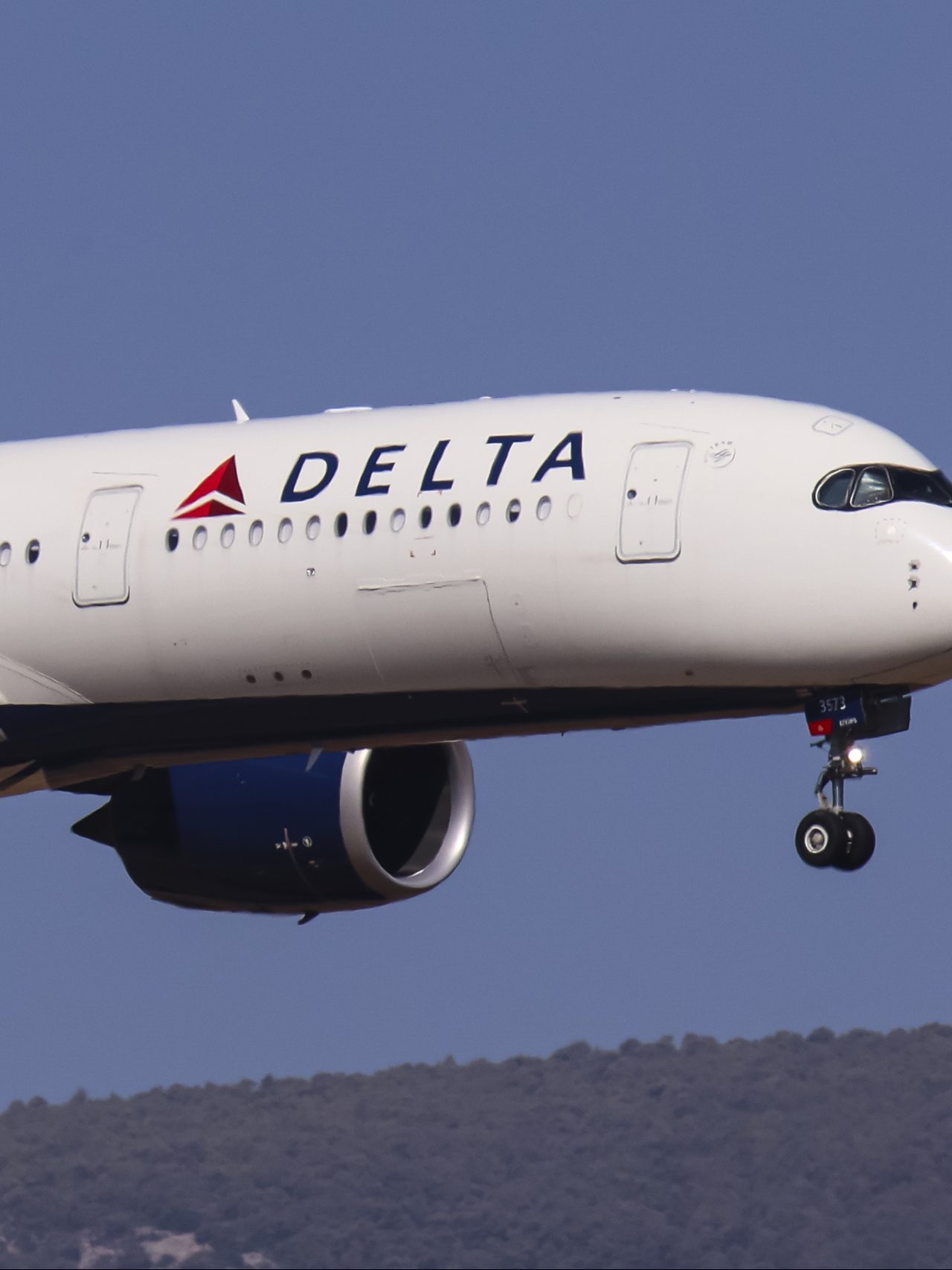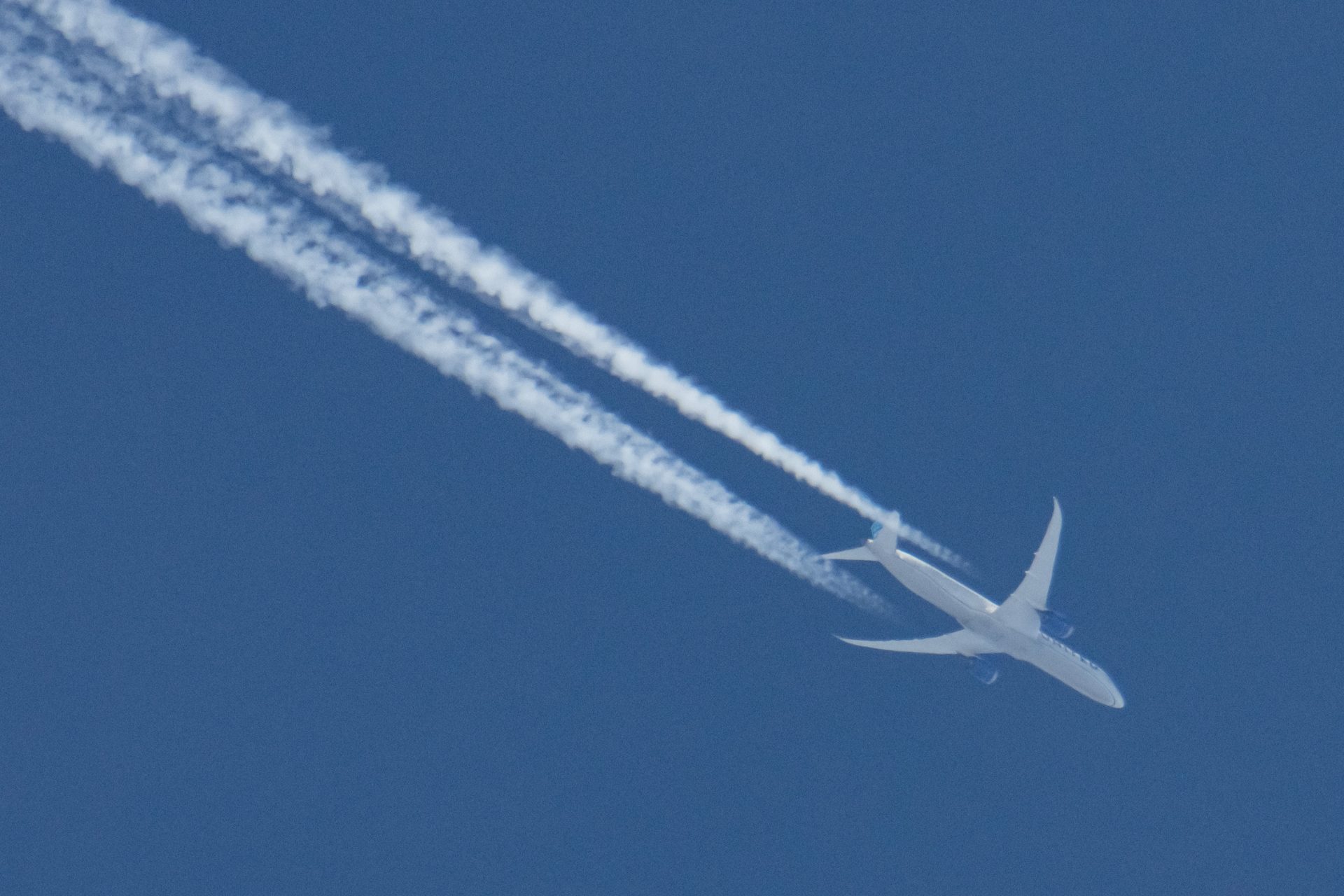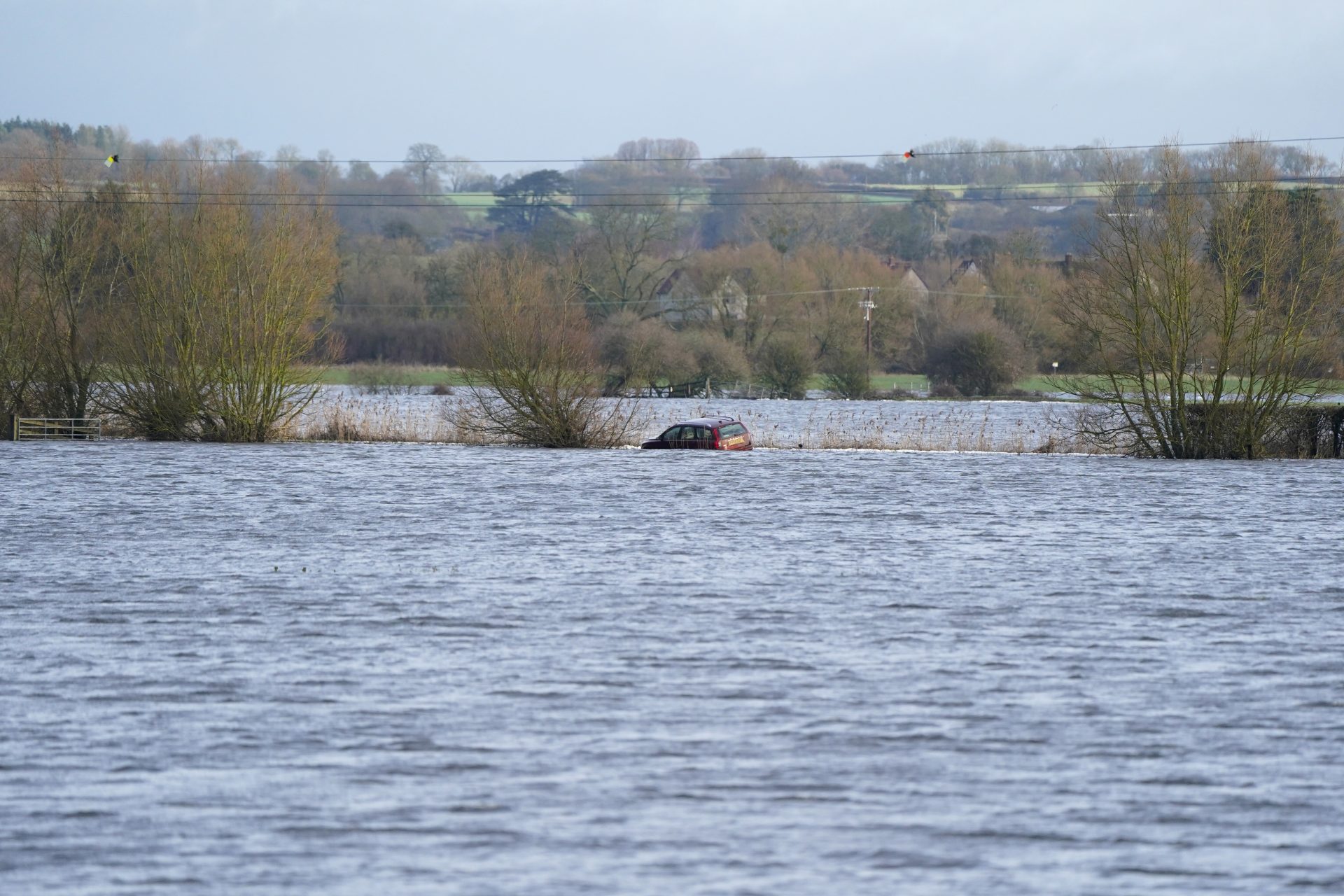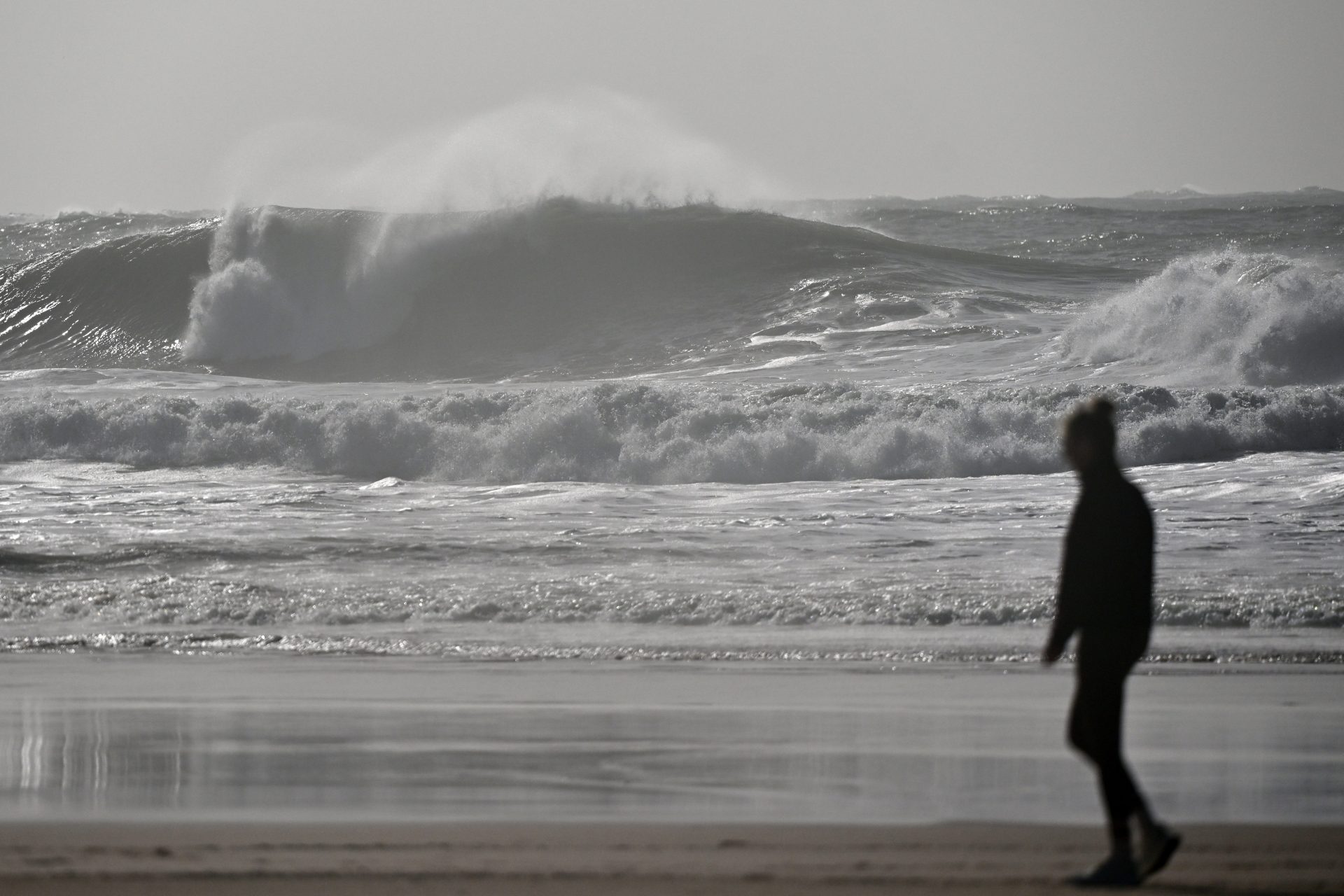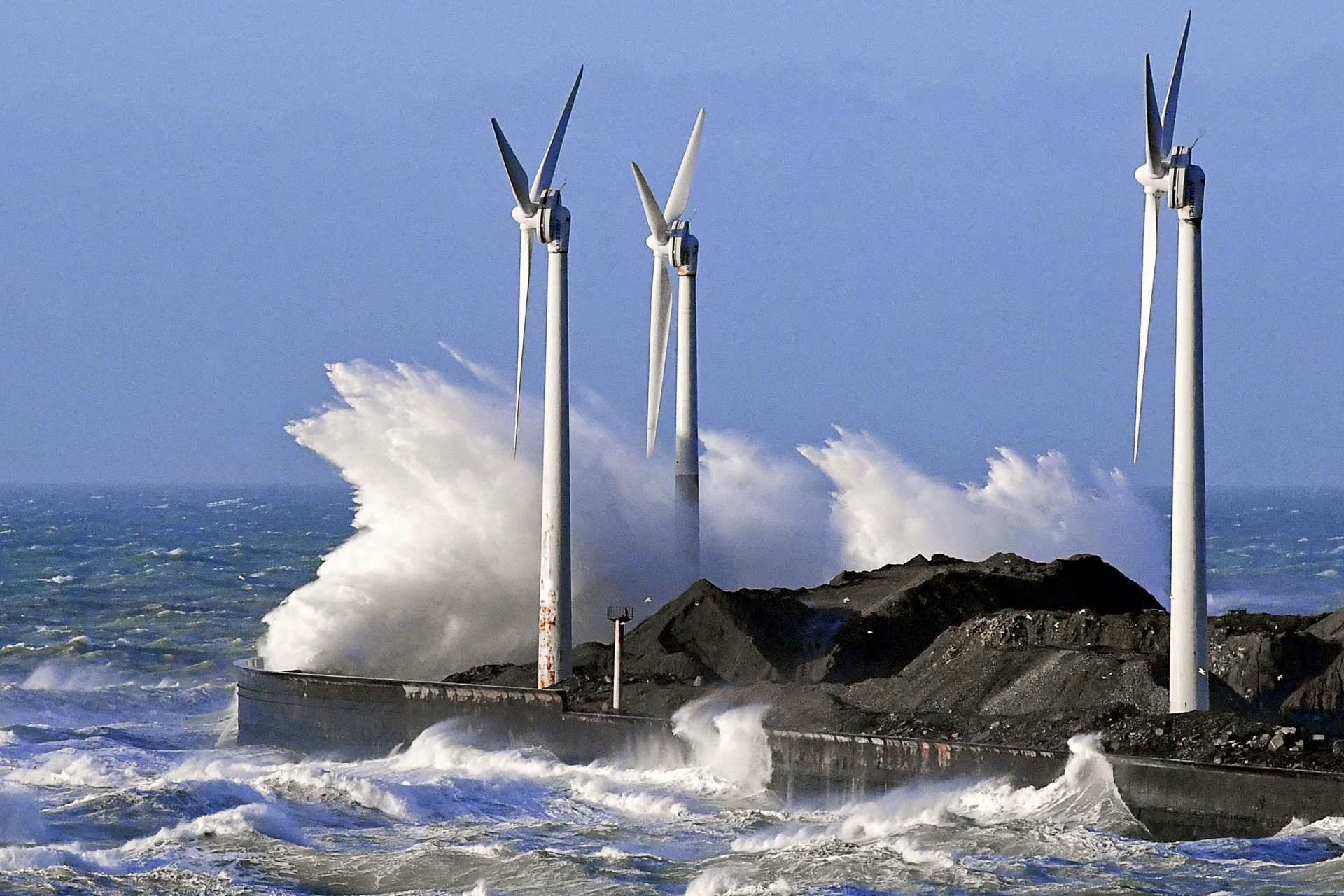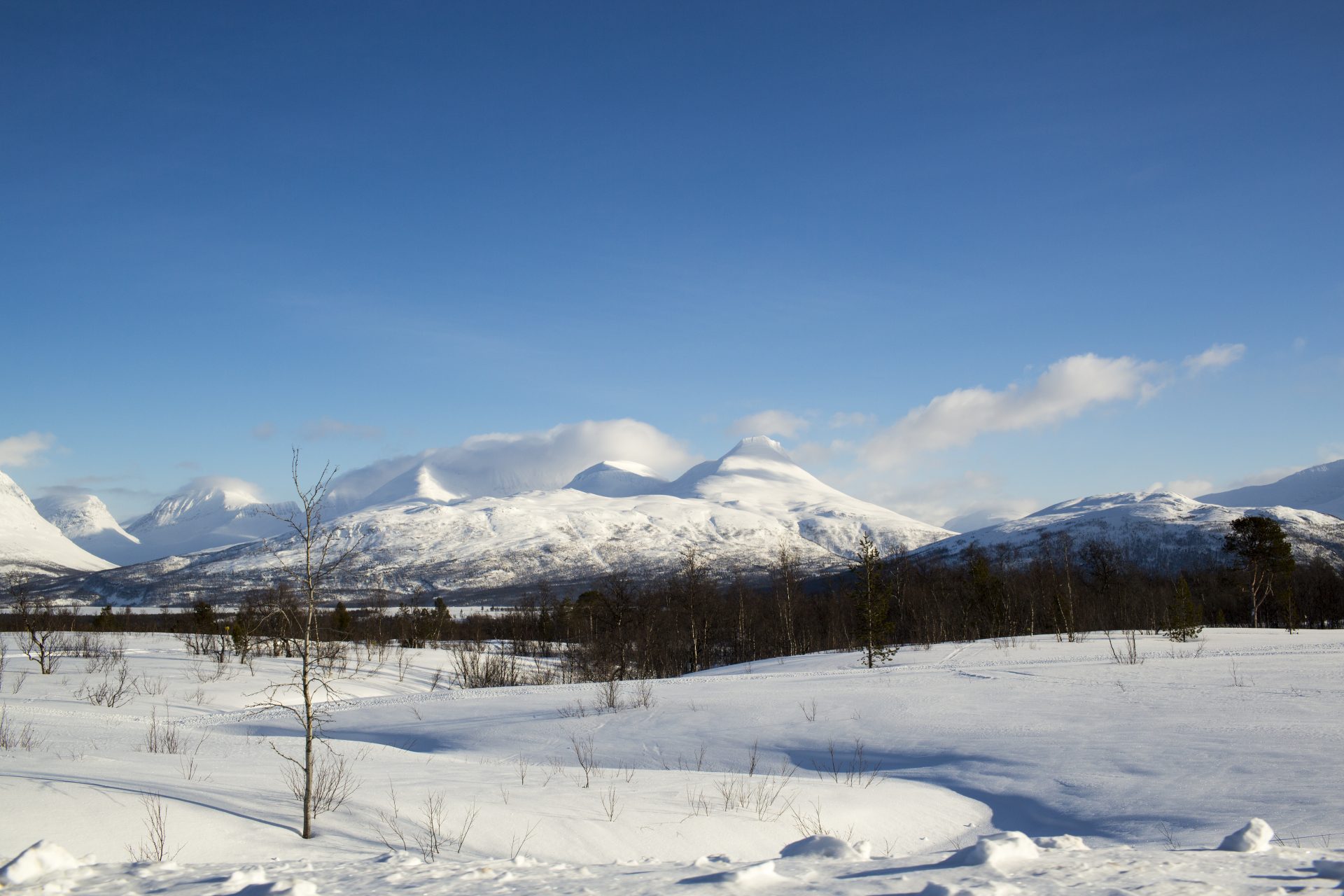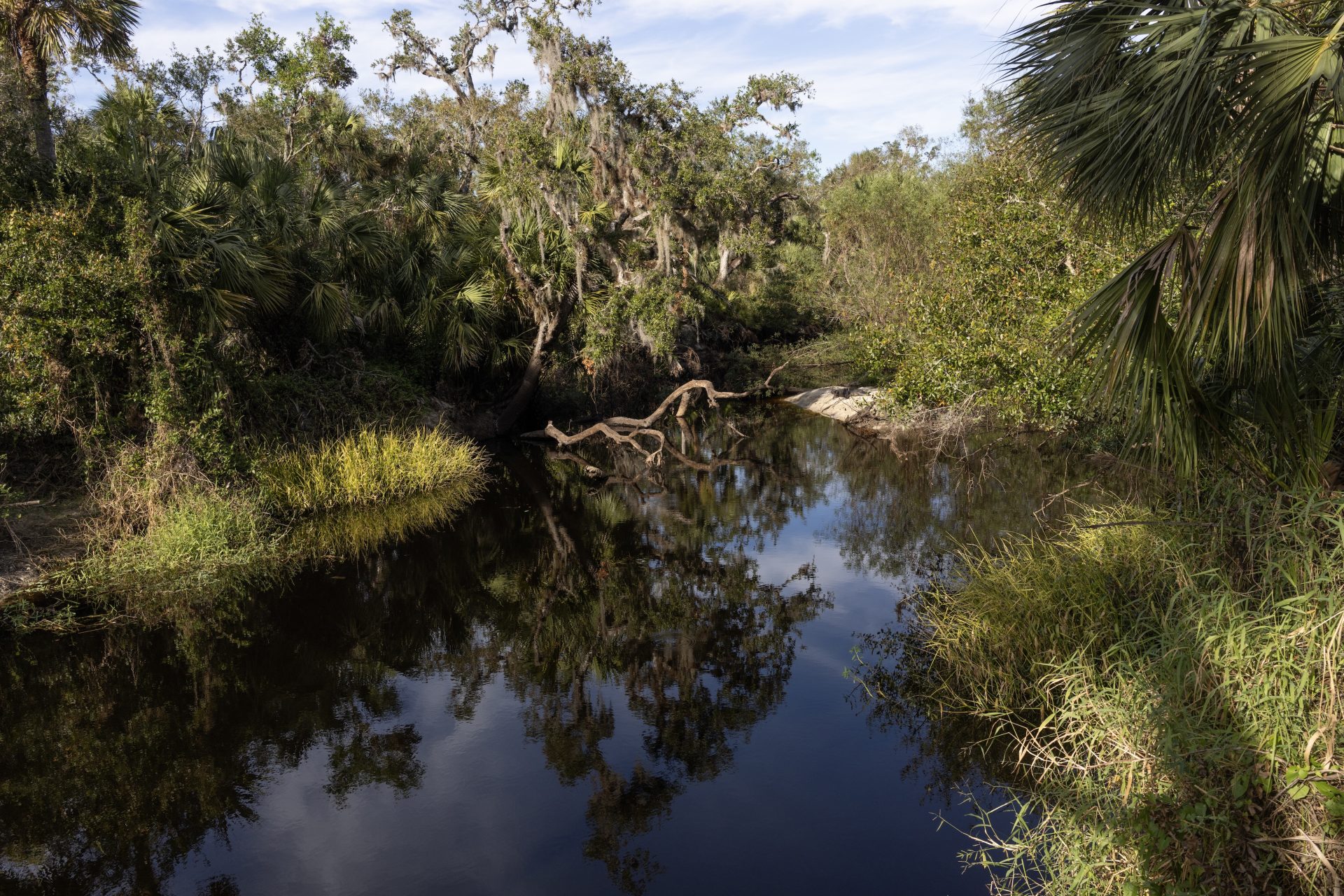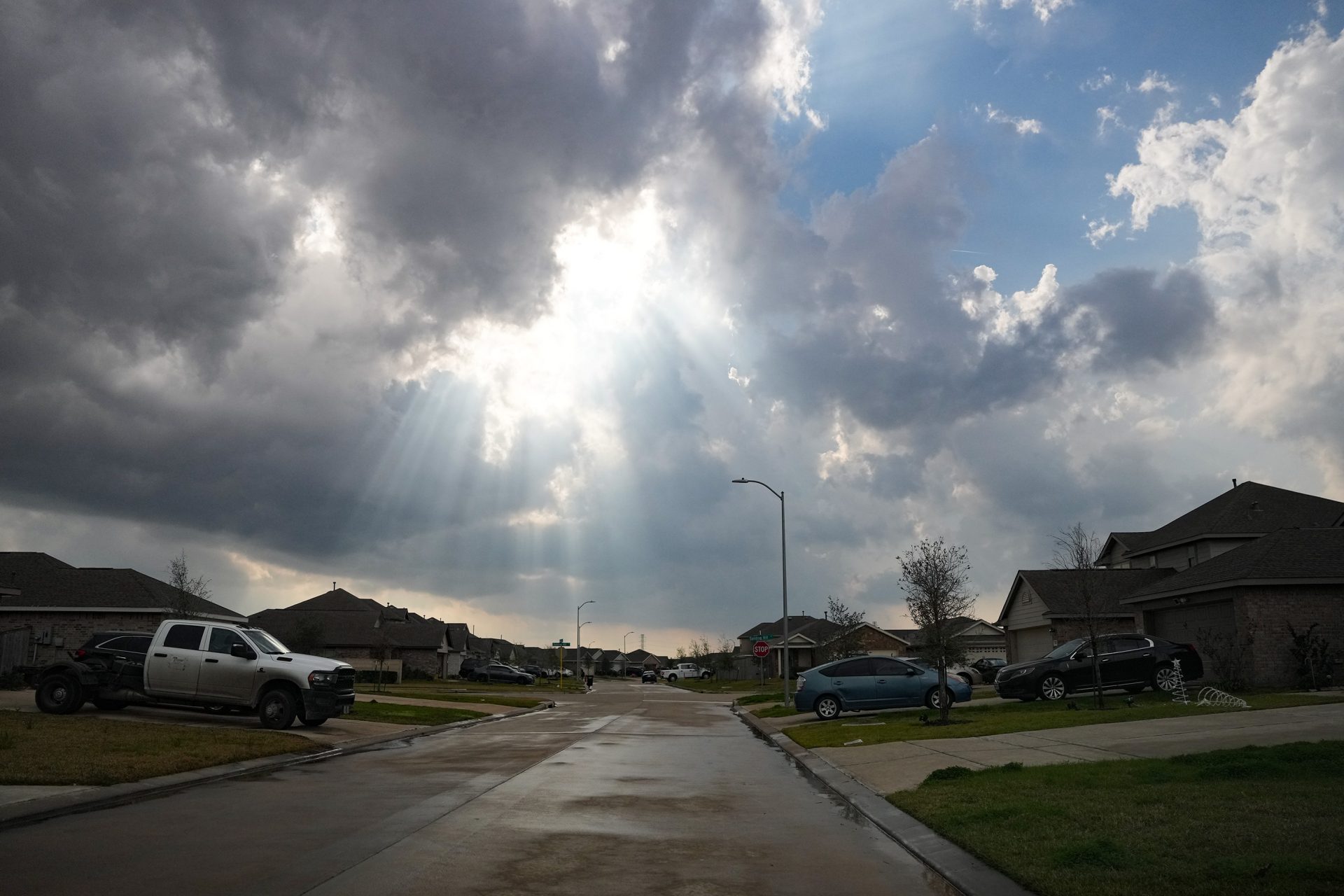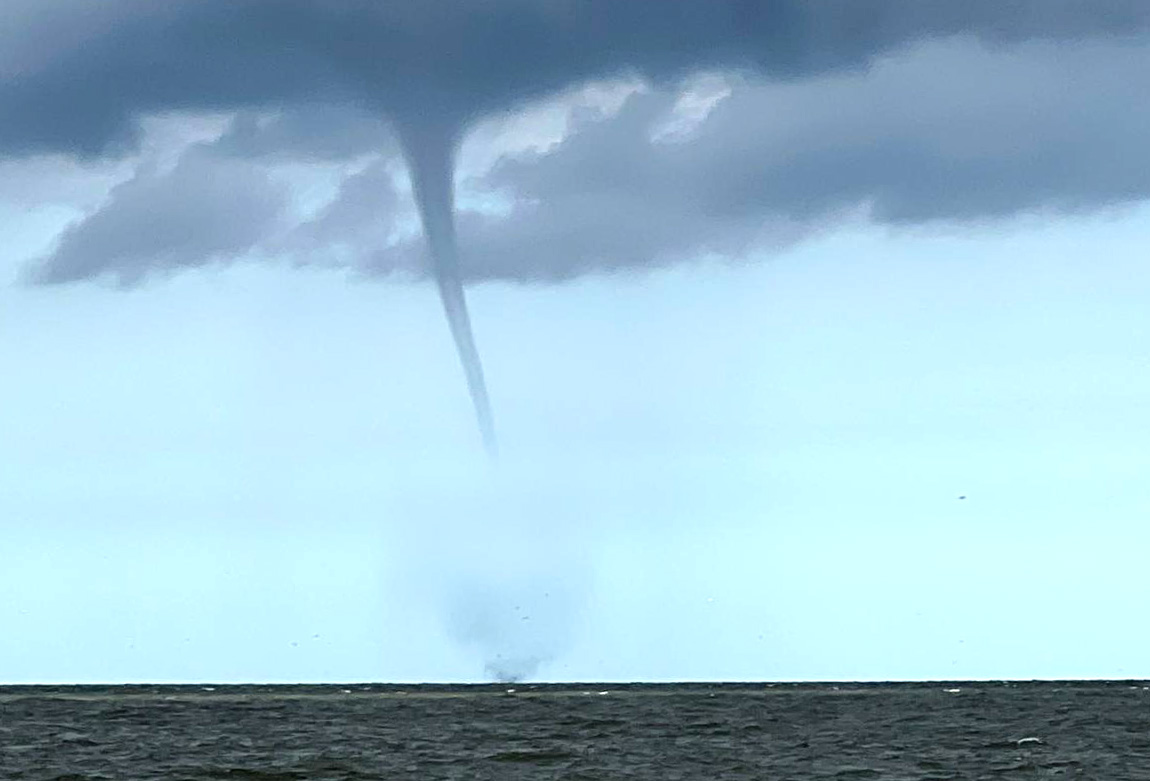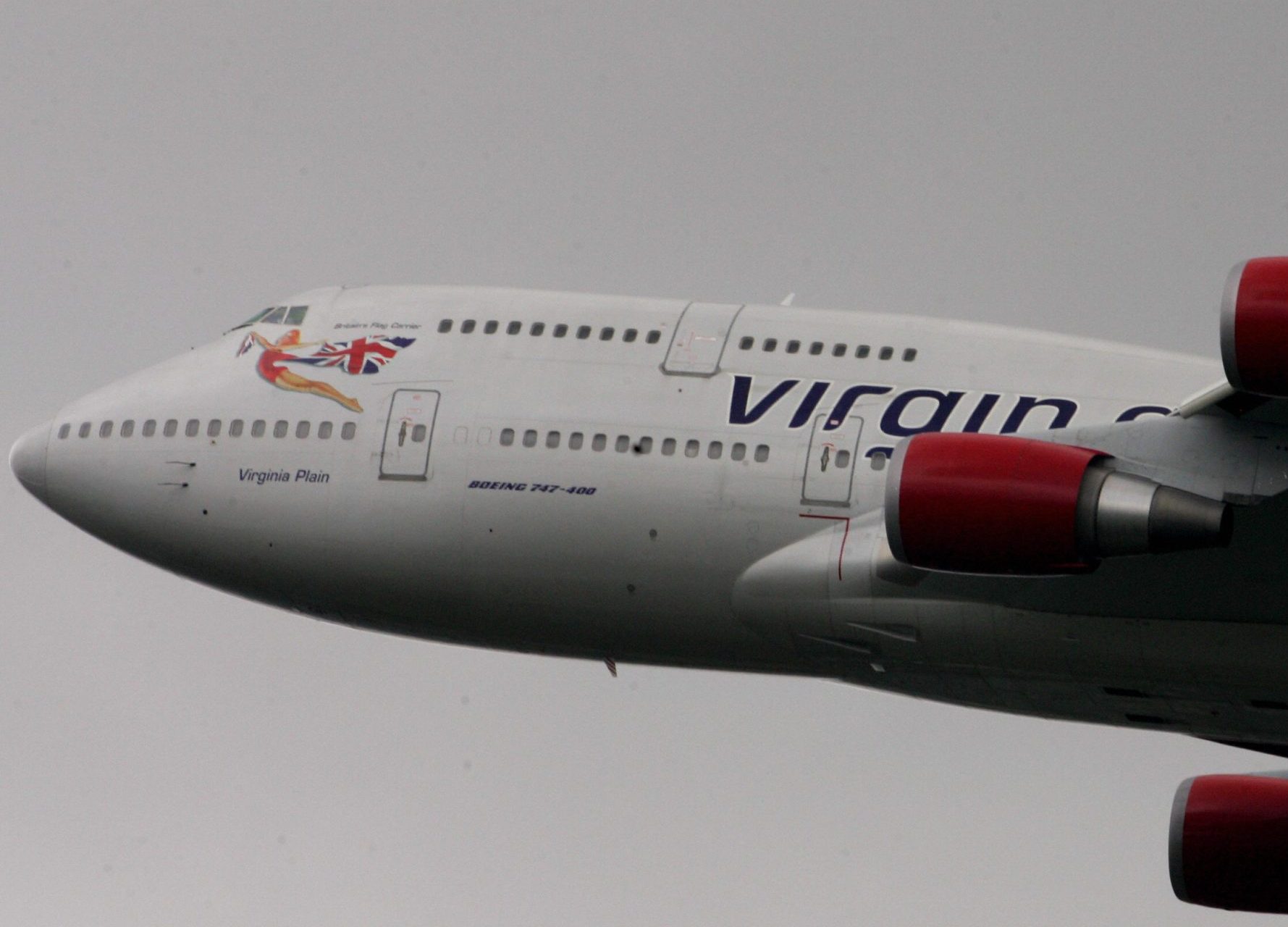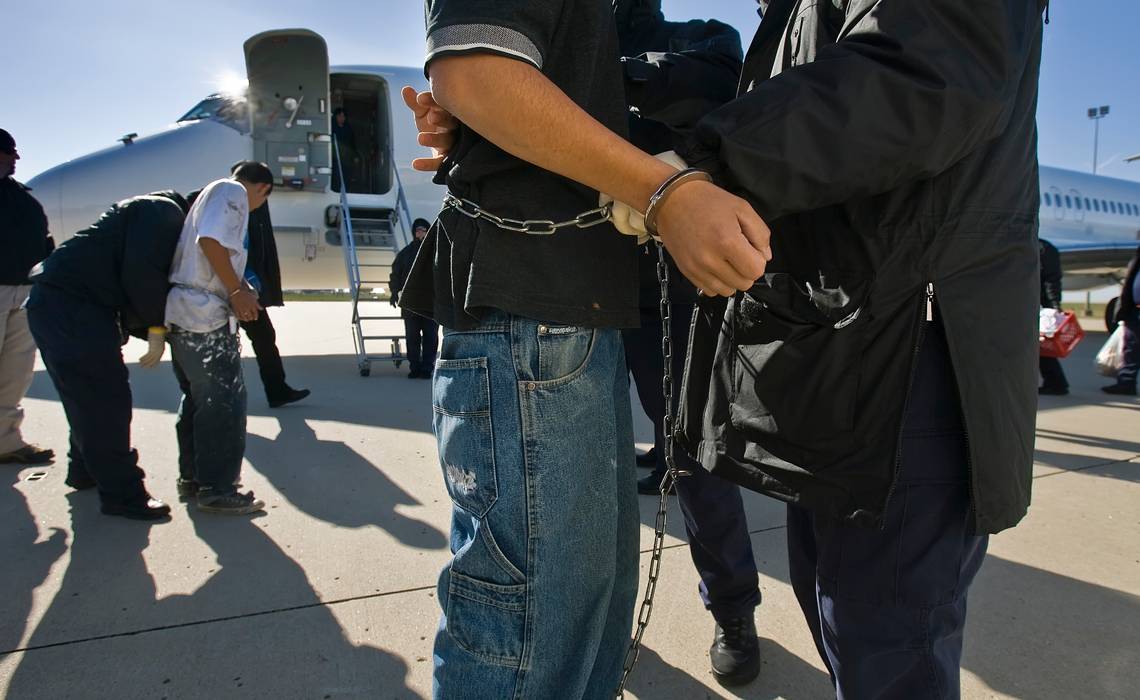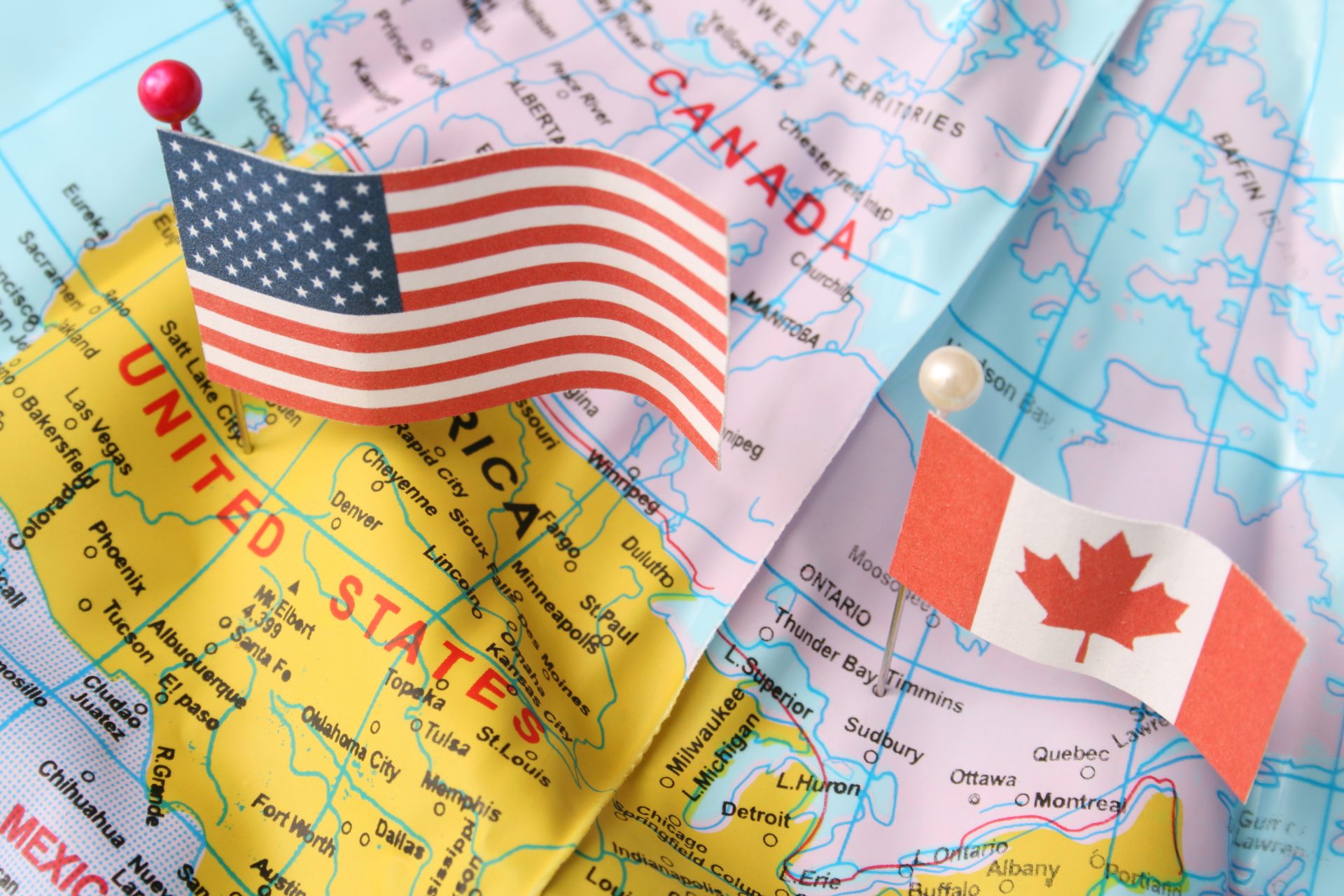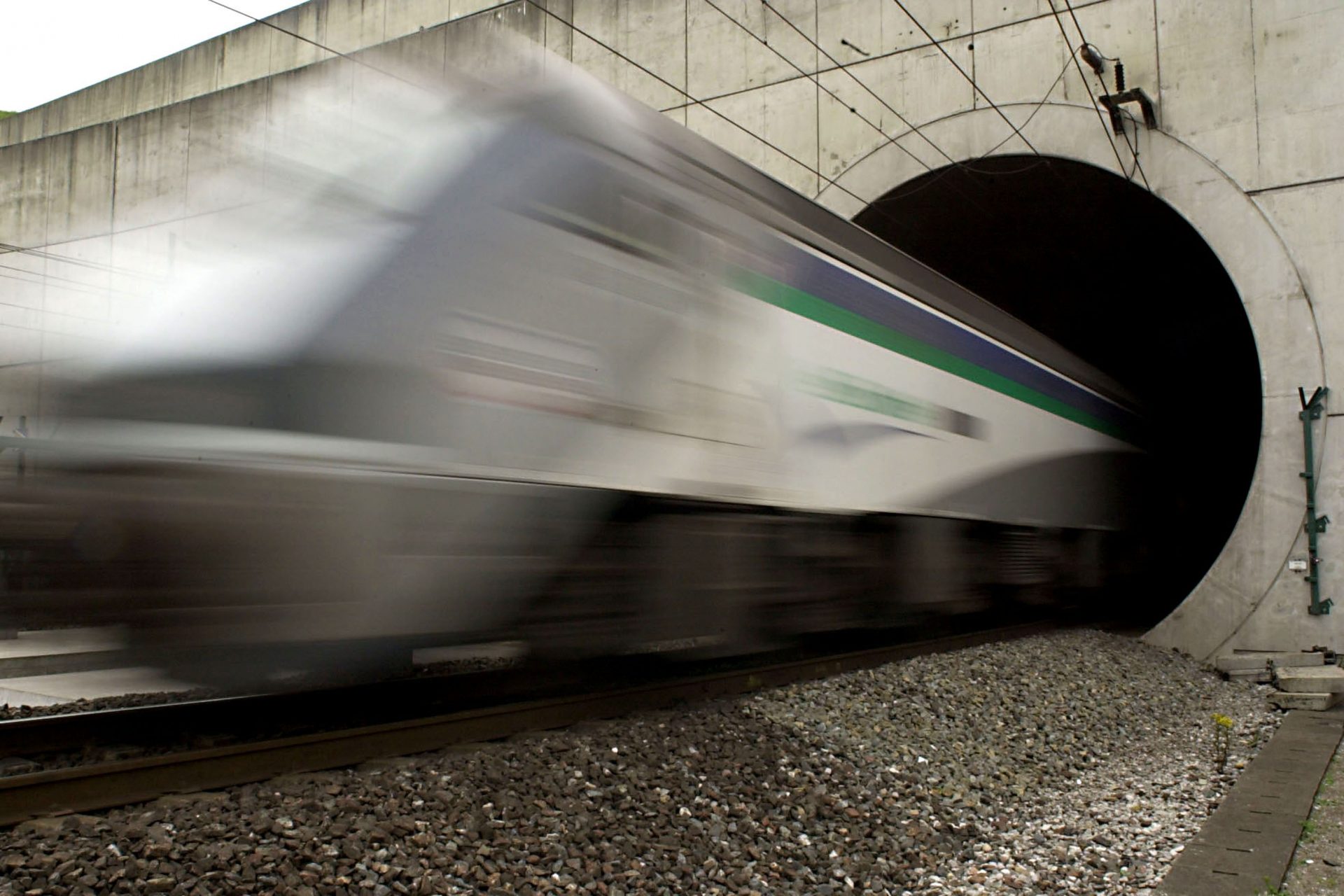The wild winds behind record trans-Atlantic flight times
Ferocious jet stream winds are turbocharging trans-Atlantic flights, shortening flight times to the delight of passengers, The Washington Post reports.
Eastbound flights are propelled by winds that surf the jet stream while westbound flights struggle against these winds and take longer.
While this has always been the case, winds are now picking up additional speed due to climate change, according to a new study published in Nature.
Researchers Professor Tiffany Shaw from Chicago University and Osamu Miyawaki from the National Center for Atmospheric Research suggest that as the world warms, the fastest upper-level jet stream winds will get faster and faster.
In fact, they will speed up by about 2% for every degree Celsius the world warms while the fastest winds will speed up 2.5 times the speed of average wind.
Jet streams are the result of a contrast between the cold, dense air at the poles and the warm, light air in the tropics, with the rotation of the Earth also having an effect.
According to the study in Nature, Shaw and Miyawaki's analysis found that climate change is intensifying this density contrast.
"The increase is multiplicative – about 2% per degree – rather than linear," said Shaw in Physics.org. "Thus, not only does it go up over time, the steeper the contrast you start with, the larger the increase you get—leading to fast winds getting faster."
Jet streams affect our weather on the ground bringing bad storms and fierce winds, despite the fact they exist around six miles above us.
While planes crossing the Atlantic from west to east are scheduled to travel at 800 mph, it is now not unusual for them to exceed this speed, The Washington Post reports.
There are reports from early last year of eastbound planes reaching speeds of up to 840 mph.
More for you
Top Stories



